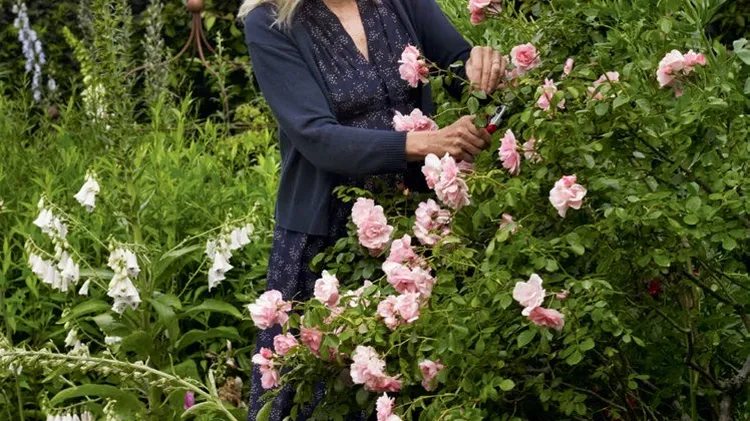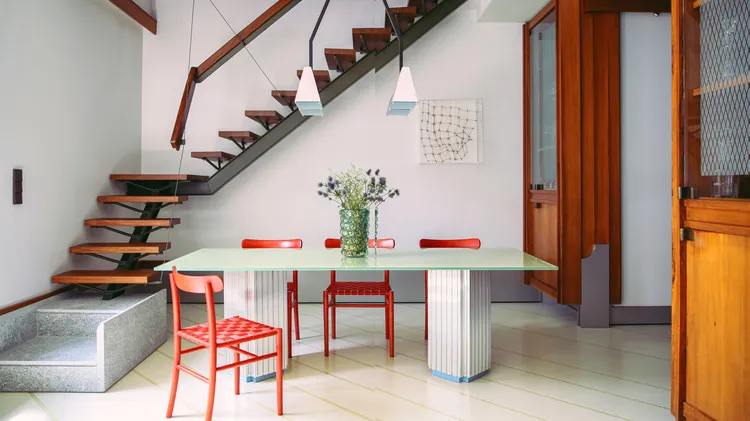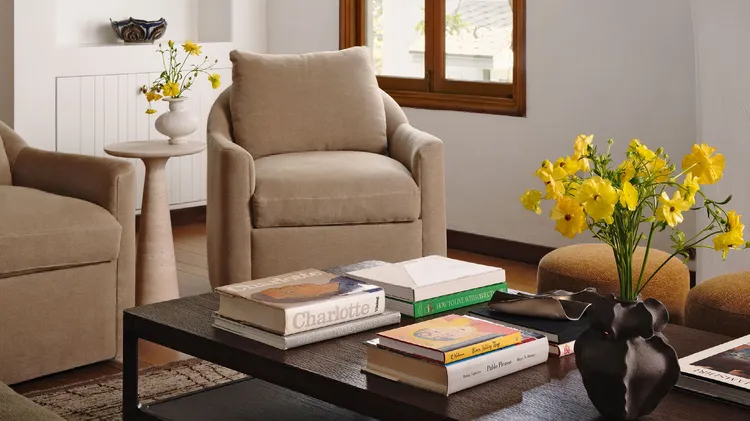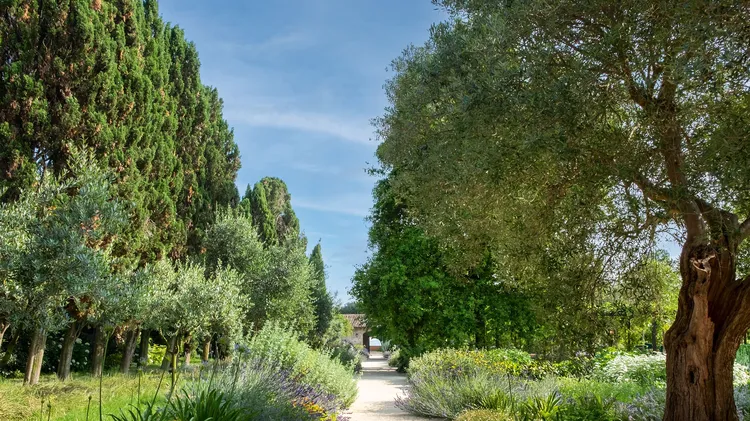Filled with art, Murano glass and other treasures, this Milanese villa is
A place of contrasts
5 min read
This article is from...
Read this article and 8000+ more magazines and newspapers on Readly






